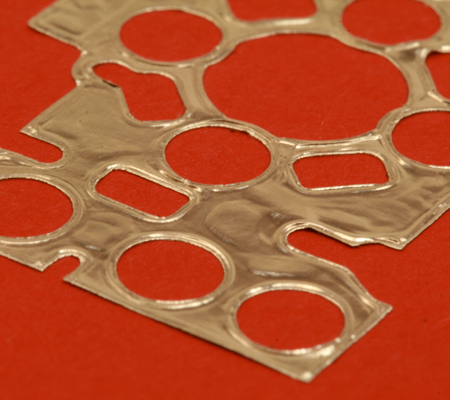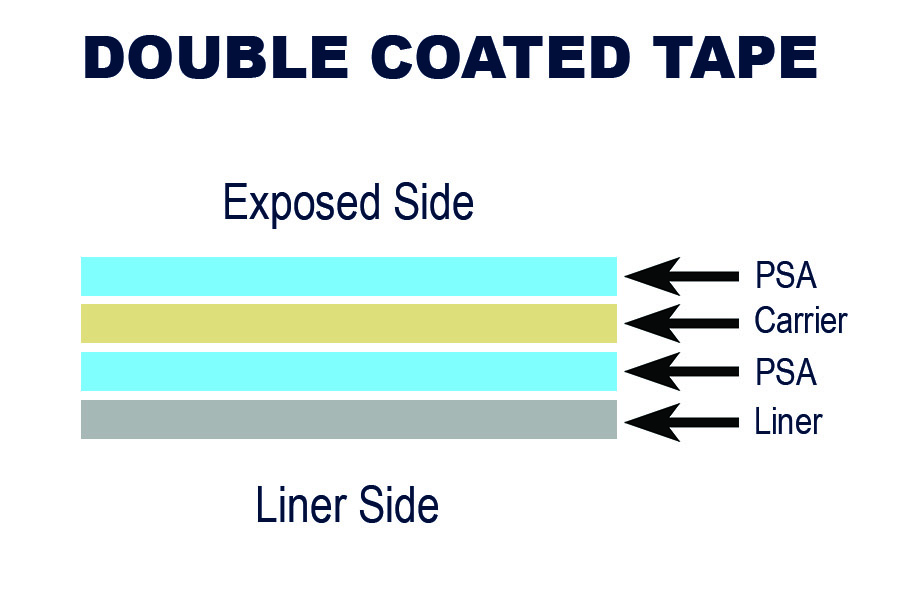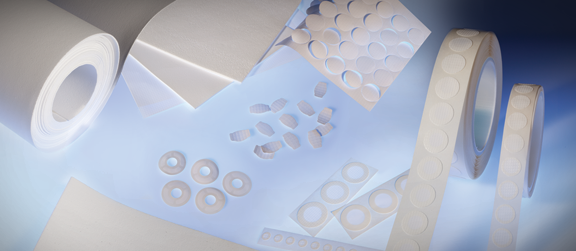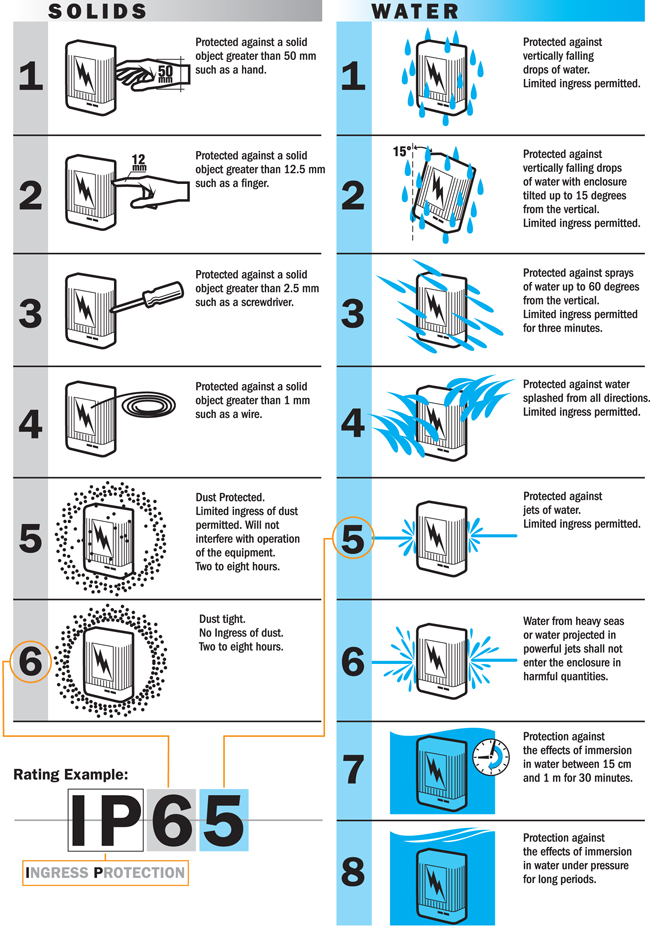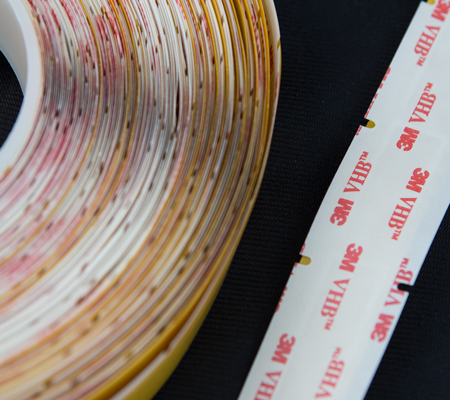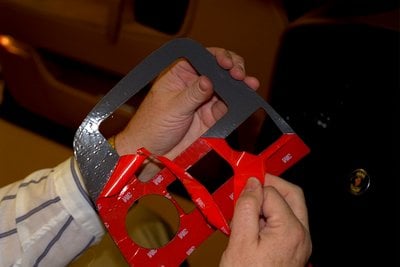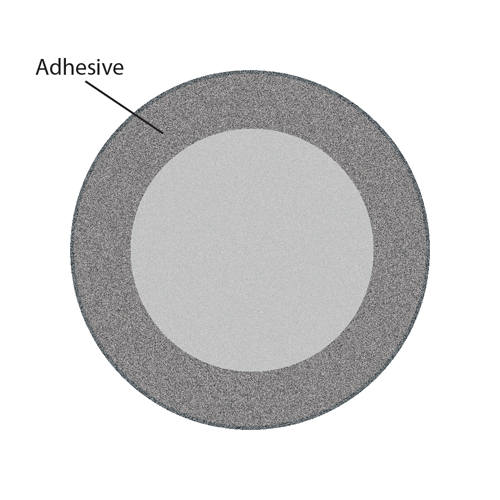Katie Sullivan
Recent Posts
Heat Spreaders: Hot Summer Blog Series - Thermal Interface Materials
Posted by Katie Sullivan
July 13, 2015 10:37 AM
Topics: Thermal Management, 2015 Summer Blog Series: Thermal Management
Phase Change Materials - Hot Summer Blog Series: Thermal Interface
Posted by Katie Sullivan
June 25, 2015 2:07 PM
Phase Change Materials
This is the second post in our Hot Summer Blog Series about Thermal Management Materials. In this post, we will focus on phase change materials.
Topics: Thermal Management, 2015 Summer Blog Series: Thermal Management
Thermal Gap Pads - HOT Summer Blog Series: Thermal Interface Materials
Posted by Katie Sullivan
June 3, 2015 2:14 PM
This is the kick-off to our Hot Summer Blog Series all about Thermal Management Materials.
Why focus on Thermal management Materials? Incredible technological advancements have been made over the past 30 years in electronic devices. Just look at the image below.
As devices have become smaller, thinner, and more powerful, the need for the efficient removal of heat has become critical to the reliability and longevity of the device. Heat is a normal by-product of electronics operation. Thermal Management Materials exist to aid in the efficient conduction of heat within these devices to keep them running at a safe operating temperature. There are many different types of Thermal Management Materials offering a range of conductivities, thicknesses, and softness. In this series, we will explore the different types, starting off with Thermal Gap Pads.
Topics: Thermal Management, 2015 Summer Blog Series: Thermal Management
Pressure Sensitive Adhesive Tape Constructions - Die Cut Tapes
Posted by Katie Sullivan
May 15, 2015 9:54 AM
The use of pressure sensitive adhesives is growing rapidly in the industrial manufacturing market. The advantages of using adhesive tapes are clear: they are lightweight, clean, and safe. Marian has the converting capabilities to produce die cut tapes, which are cut to specific dimensions. Tapes are often combined with, or laminated to other materials such as foam or film to create a more dynamic die cut part.
Topics: Pressure Sensitive Adhesive
Vents for IP-rated Enclosures - POREX® PTFE Membrane
Posted by Katie Sullivan
April 16, 2015 10:07 AM
As explained in the previous blog post - IP Ratings Explained - an Ingress Protection (IP) Rating is a common international test method (IEC 60529) to rate enclosure protection from objects and liquids. IP67 refers to the most extreme IP rating certifying that the enclosure will protect against the entry of:
- dust (6)
- the effects of immersion in water to depth between 15cm and 1meter for 30 minutes (7).
In other words, IP67 means that the unit or enclosure can be dropped into a body of water up to a meter deep for half an hour without allowing the ingress of water or dust!
For more information about IP Ratings, and to download an IP Ratings Chart, visit our webpage: IP Rating and NEMA Rating Charts
Topics: IP Rating
Ingress Protection (IP) Rating is a common international test method (IEC 60529) to rate enclosure protection from objects and liquids.
Why is an IP Rating Important?
UL, CSA and CE Mark Standards often require certified products to hold a specific IP rating. Some examples of such products include IT equipment, laboratory equipment, electronic measurement equipment, plus anything claiming to be "dust tight" or "water-resistant", etc.
These terms indicate that a device is able to operate successfully in harsh environments with potentially wet and dusty conditions. The IP rating scale provides a range of two numbers that indicate the level of protection provided.
The IP Rating looks like this: IPXX
1. The first number indicates protection from solid objects or materials
2. The second number indicates protection from liquids
For example, an enclosure that is rated IP54 is dust-protected. It will allow limited ingress of dust with the operation of the equipment for two to eight hours. The enclosure is also protected against water splashed from all directions; limited water ingress permitted.
Topics: Pressure Sensitive Adhesive, Foams, IP Rating
Die-cut foam tape can be an excellent choice for your bonding application. With help from our friends at 3M, here are the top 10 reasons to choose acrylic foam tape versus mechanical fasteners.
PORON® AquaPRO™ 37 - SOFT Foam, Water Sealing Solutions
Posted by Katie Sullivan
February 10, 2015 10:30 AM
Sealing out moisture can be one of the most important design features of a product. Water ingress, even just a drop, can cause substantial and irreparable damage to electronics, sensors, and other sensitive components.
This is why we are excited to tell you about a new high-performance foam material from Rogers Corporation. The newest addition to the Rogers line of foam products, the AquaPRO™ family provides enhanced water sealing solutions. Material densities range from "soft" (41) to "very soft" (37). This new Poron formulation is available in a range of thicknesses.
What There is to Know About Tape Primers
3M recently launched two high-performance acrylic foam tape lines for the automotive market: EX4500 and PX5000.
3M tape primers are applied to the bonding surface prior to the application of the tape. Primers are often made of chemicals like isopropyl alcohol and promote and increase adhesion.
Topics: Pressure Sensitive Adhesive
Zoned adhesive lamination describes the process of laminating a selective pattern of PSA (pressure-sensitive adhesive) onto another material to achieve a specific function. Simply said, this process involves manufacturing a multi-layer part in which the layers have different geometries. This occurs through a process of conversion - laminating materials together, precisely die cutting those materials, and pulling away from the unwanted PSA material from the finished part.
Zoned adhesive patterns are often required for filter and venting die-cut components and often include a PSA layer. As you can see in this image, the mesh is cut into a circle while the adhesive is cut into a ring, which allows air and sound to flow through the center of the mesh.
Topics: Pressure Sensitive Adhesive

